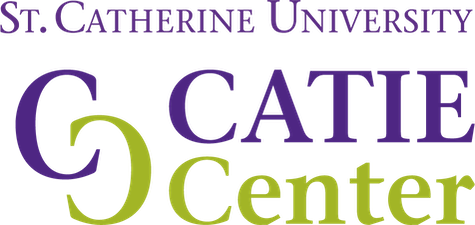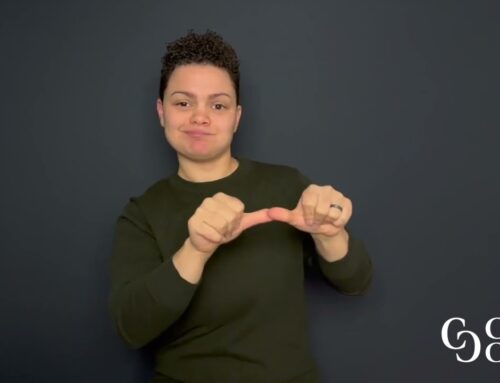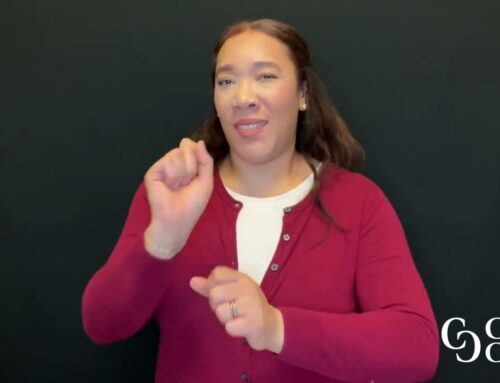ASL Version of Description
These resources are designed to be used for an online course or workshop focused on Deaf interpreters developing translation skills. Resources include an explanation of different approaches to translation, a specific process with opportunities to practice the process with English written texts that have existing ASL translations. This allows participants to compare their own translation work with that of experienced Deaf translators. There are also two discussions with Deaf translators that provide in-depth context to approaches to this growing area of practice for Deaf interpreters.
Translation of written documents into American Sign Language and other sign language is a growing area of practice for Deaf interpreters. Designed for educators or for Deaf interpreters who want to develop their translation skills, this online course introduces deaf interpreters to translating English texts into ASL with perspectives from a variety of experienced deaf translators and interpreters. Jeremy Quiroga explains his approach to translation which includes working in chunks, checking your work, using a back translation for comparison, and revising the translation.
Participants will learn about this process from Jeremy, see an example of it, and then apply the process to a variety of short English texts. Additionally, Naomi Sheneman, Benj Swindle and Raychelle Harris share perspectives on translating an article for an academic journal and the participants can apply what they learn by translating a section of that journal article. Jerrin George provides a sample ASL translation of a presentation by John Lee Clark in Pro Tactile ASL (PT-ASL.) Finally, Janis Cole and Eileen Forestal introduce a socio-cultural approach to translation and facilitate a discussion with Ritchie Bryan and Betti Bonni on the work of translation.
Course objectives include:
- explain the translation process as suggested by Jeremy Quiroga;
- compare and contrast an original English source text and a back translation;
- prepare and revise translations;
- identify the value of collaborative approaches to translation; and
- compare and contrast translations to other participants’ work.
- Click here to join a Preview Course in Canvas
- Click here to access the course Canvas Commons. (You can copy entire course.)
Assistance in Using Canvas Commons
View tutorial for transferring course from Canvas Commons to another LMS.

 s
s



